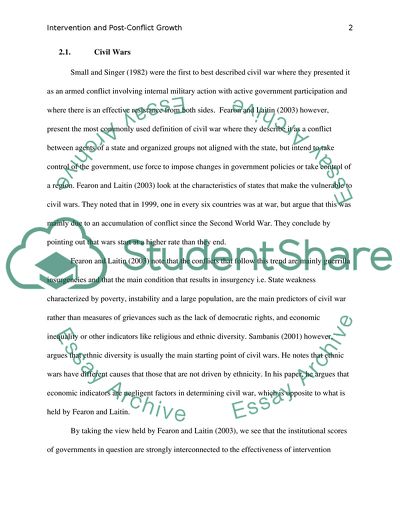Cite this document
(“Research Proposal: Intervention and Post-Conflict Growth Essay”, n.d.)
Research Proposal: Intervention and Post-Conflict Growth Essay. Retrieved from https://studentshare.org/history/1633787-research-proposal-intervention-and-post-conflict-growth
Research Proposal: Intervention and Post-Conflict Growth Essay. Retrieved from https://studentshare.org/history/1633787-research-proposal-intervention-and-post-conflict-growth
(Research Proposal: Intervention and Post-Conflict Growth Essay)
Research Proposal: Intervention and Post-Conflict Growth Essay. https://studentshare.org/history/1633787-research-proposal-intervention-and-post-conflict-growth.
Research Proposal: Intervention and Post-Conflict Growth Essay. https://studentshare.org/history/1633787-research-proposal-intervention-and-post-conflict-growth.
“Research Proposal: Intervention and Post-Conflict Growth Essay”, n.d. https://studentshare.org/history/1633787-research-proposal-intervention-and-post-conflict-growth.


